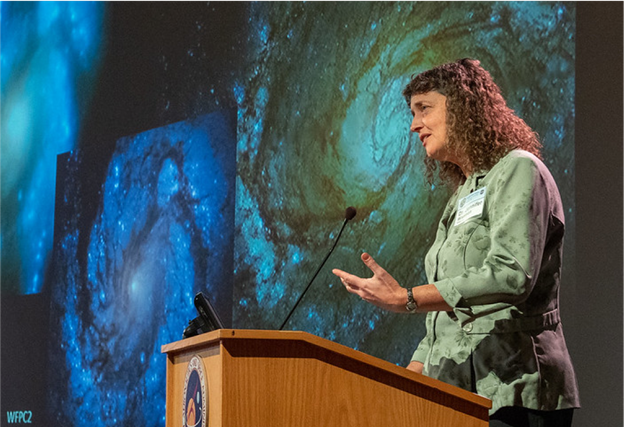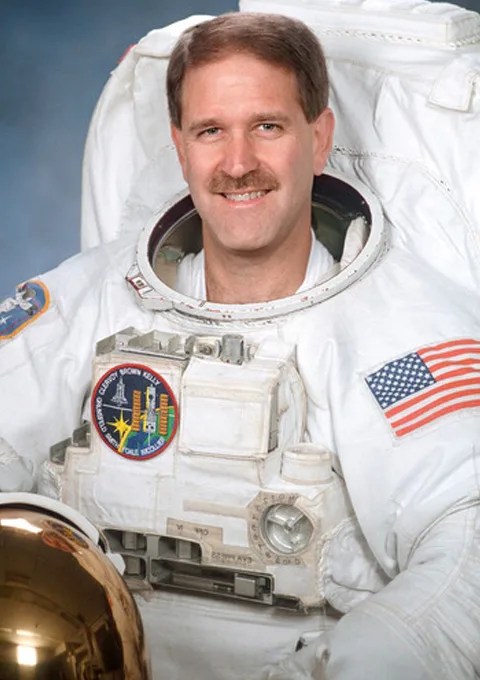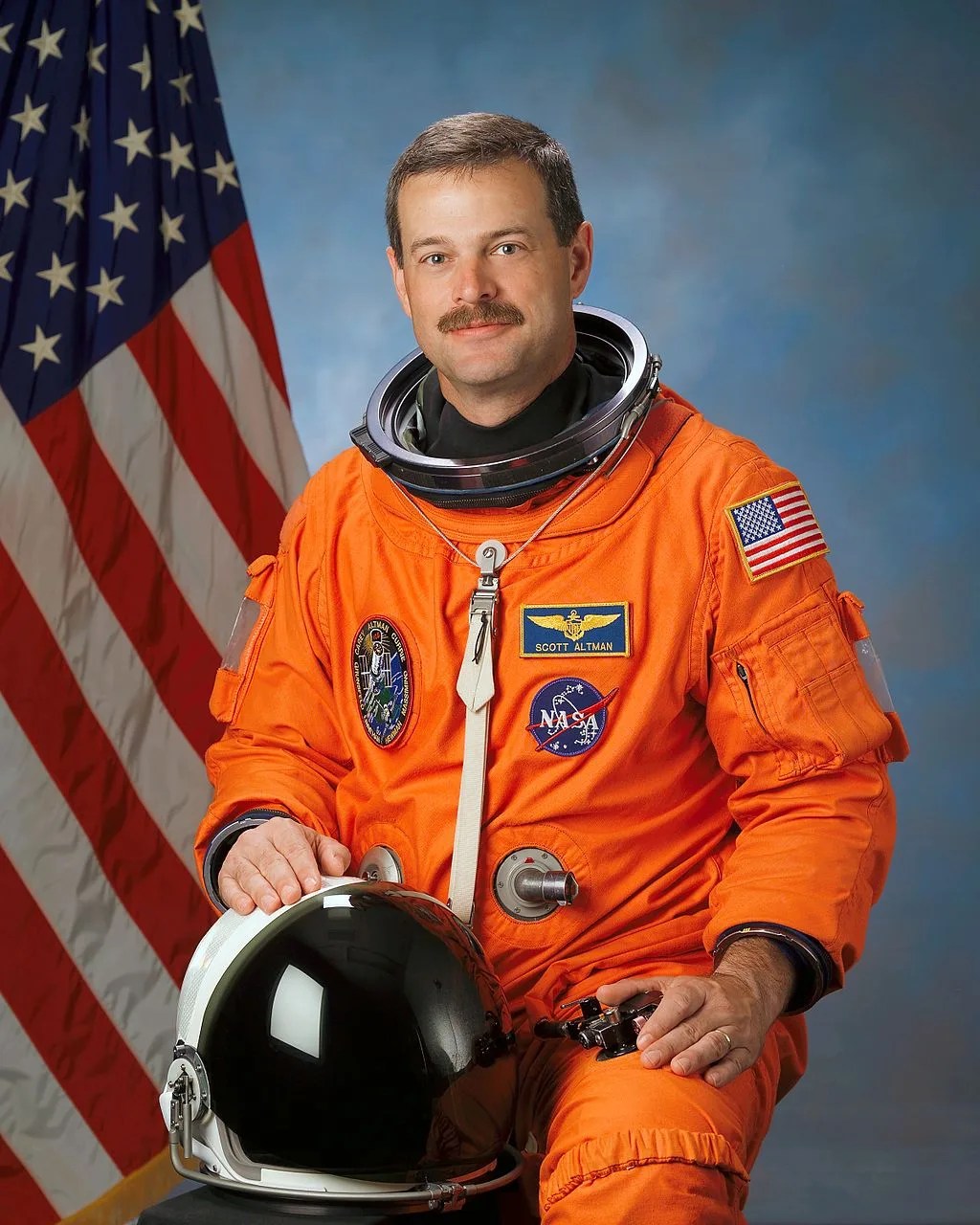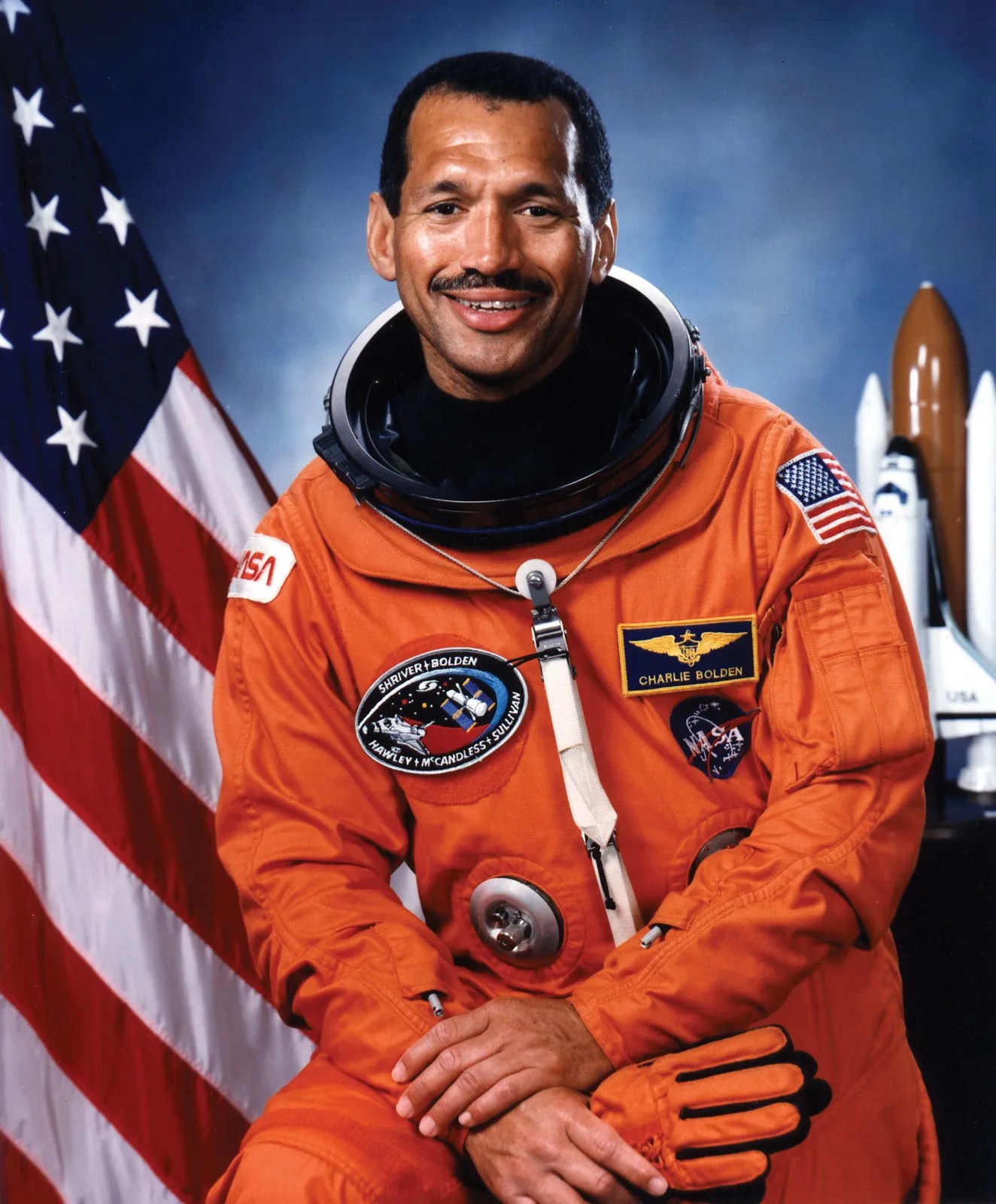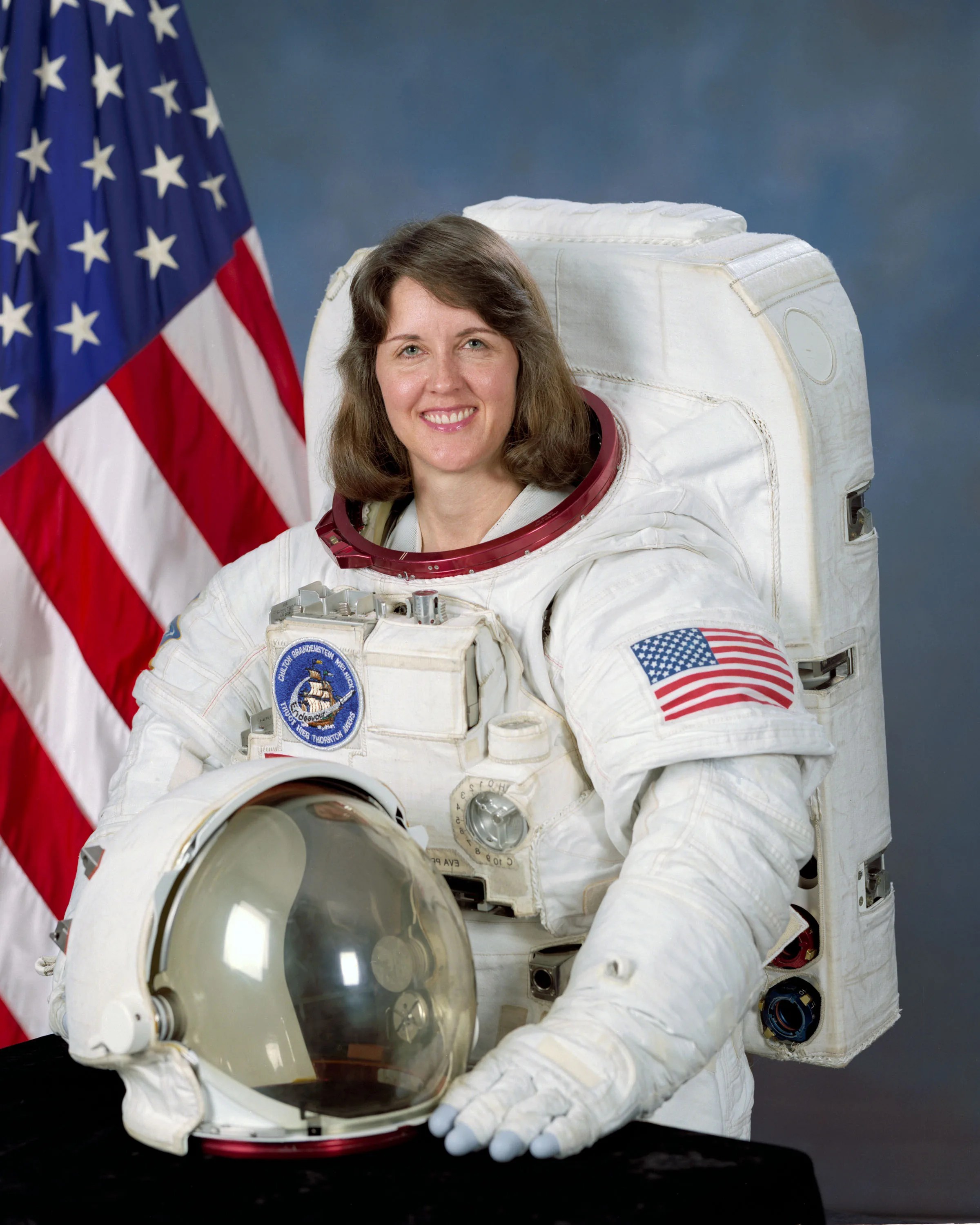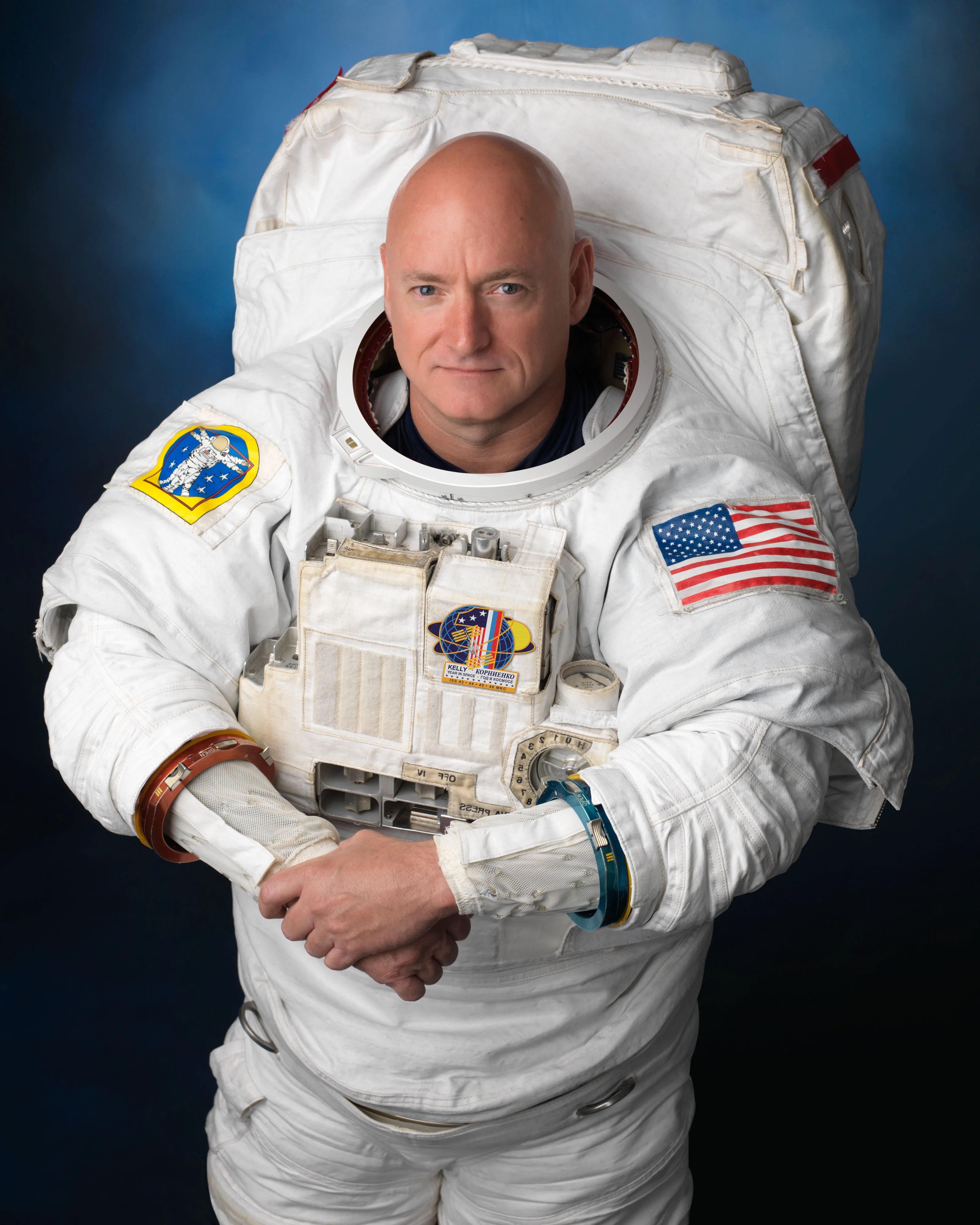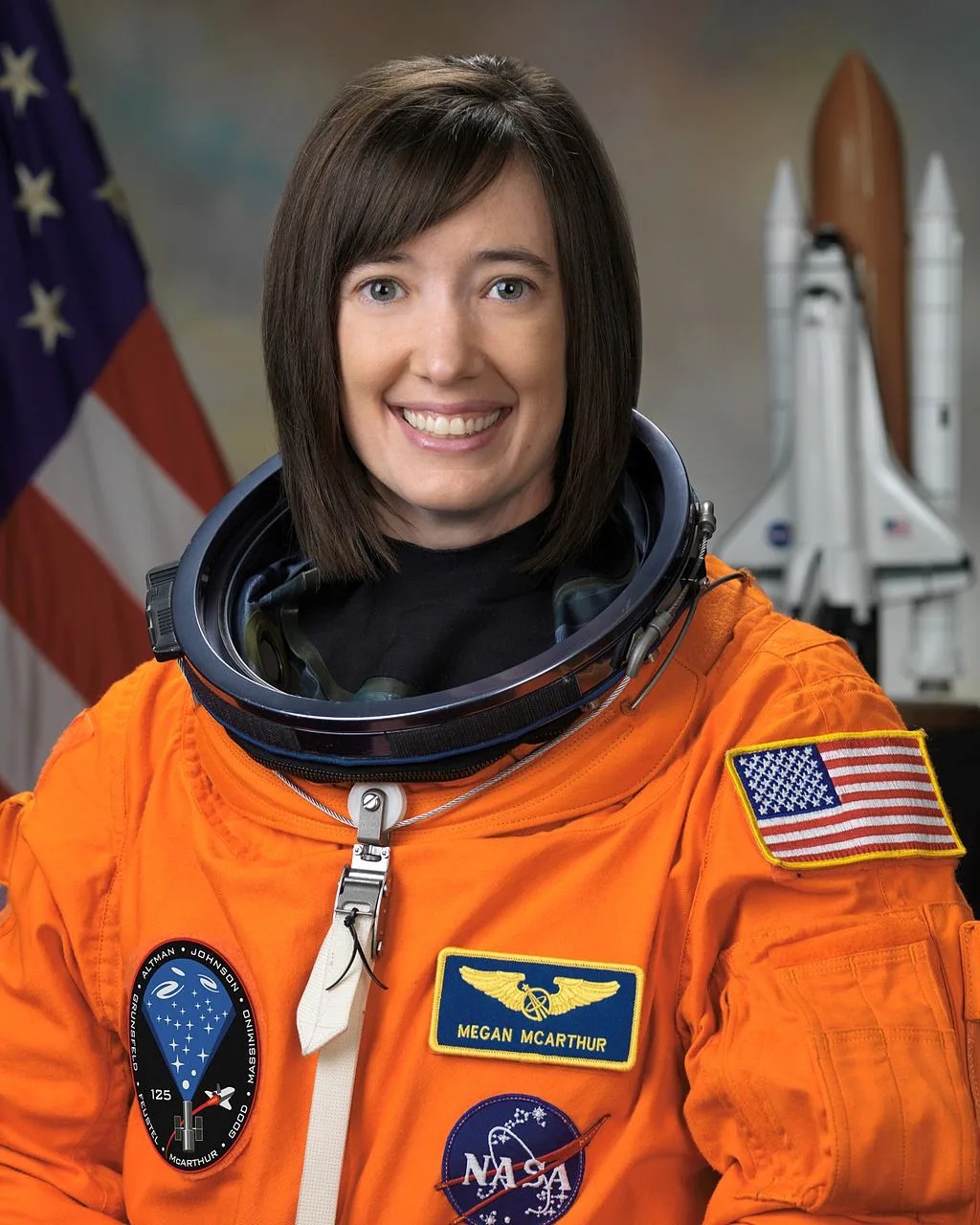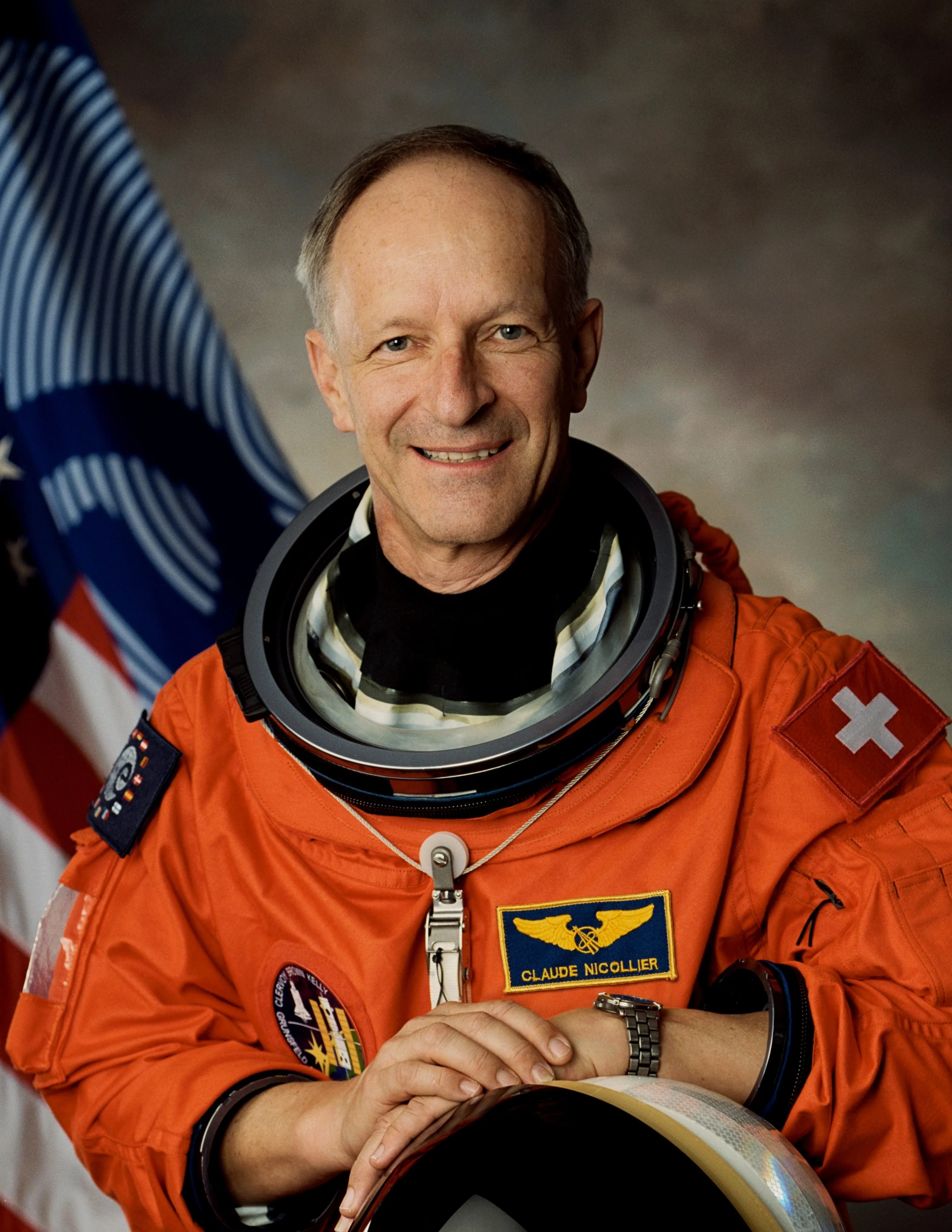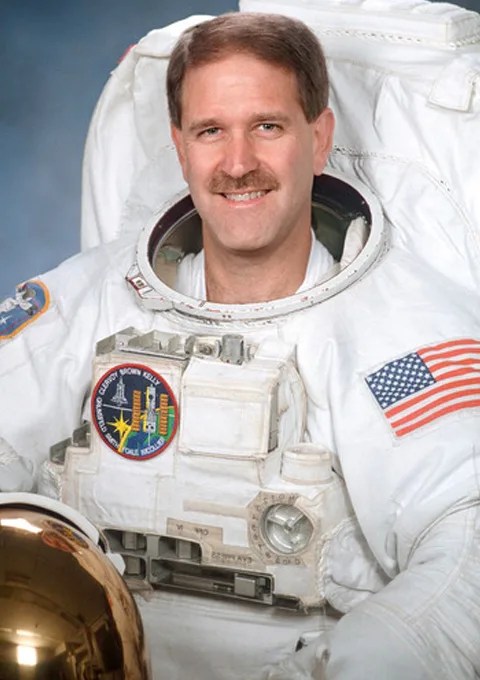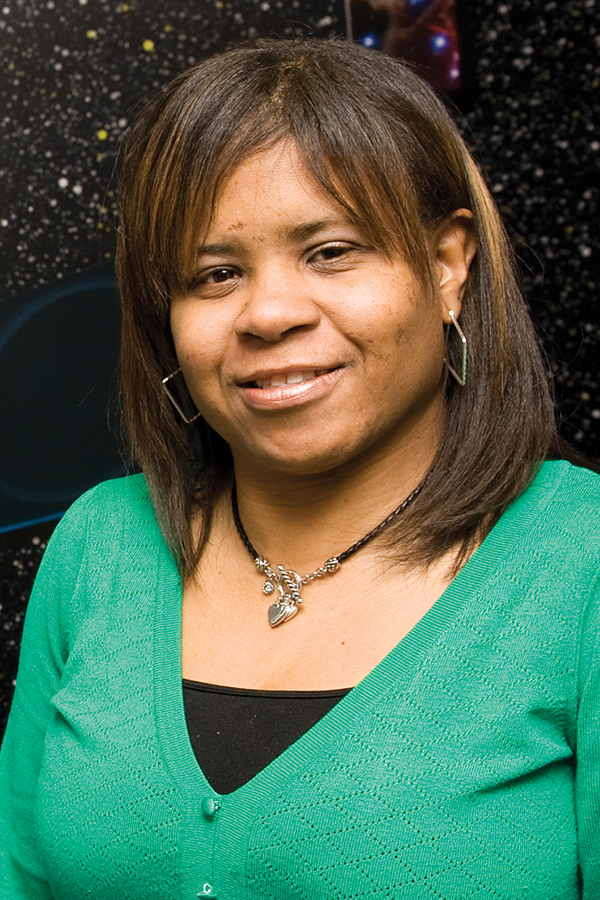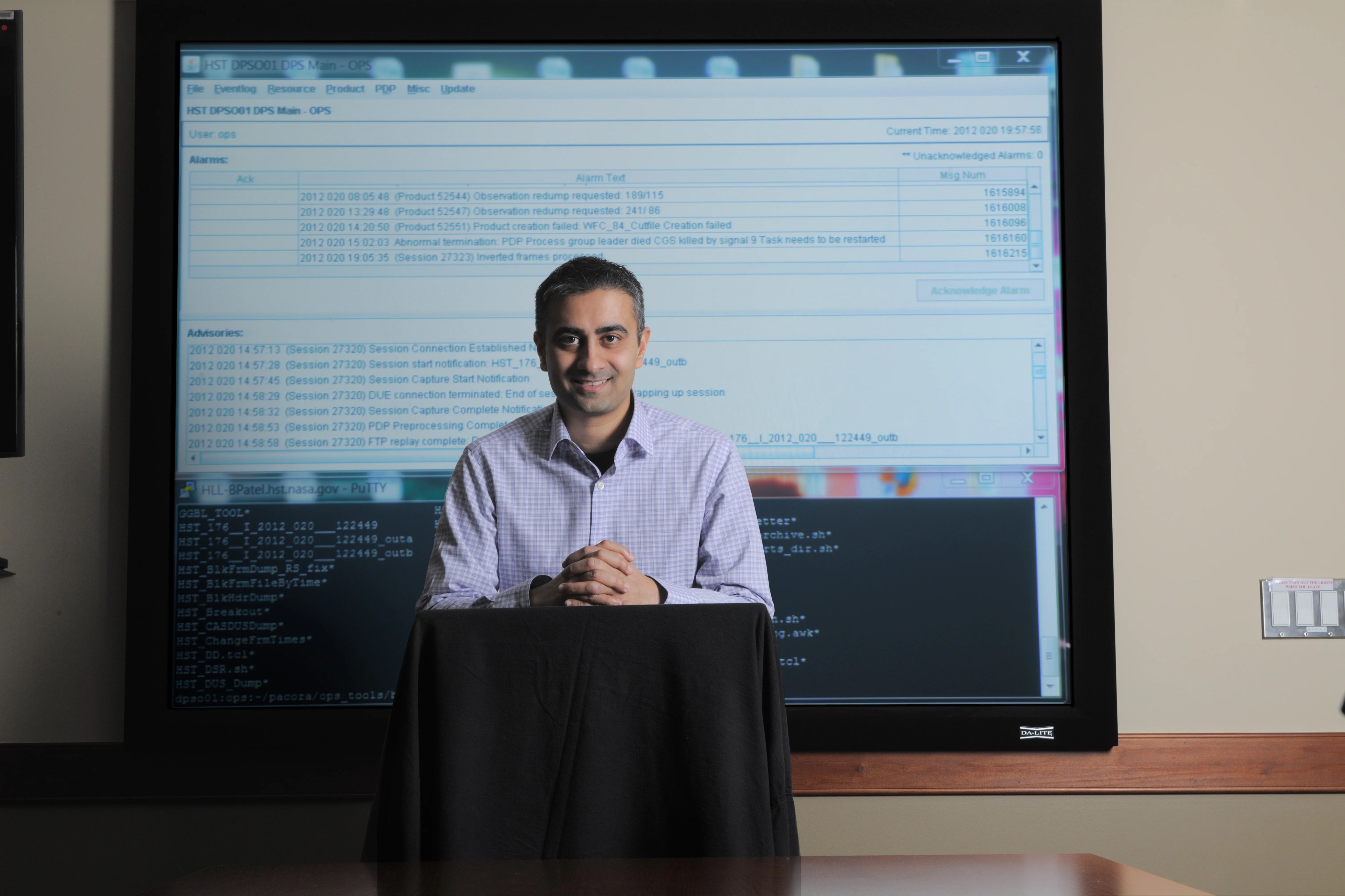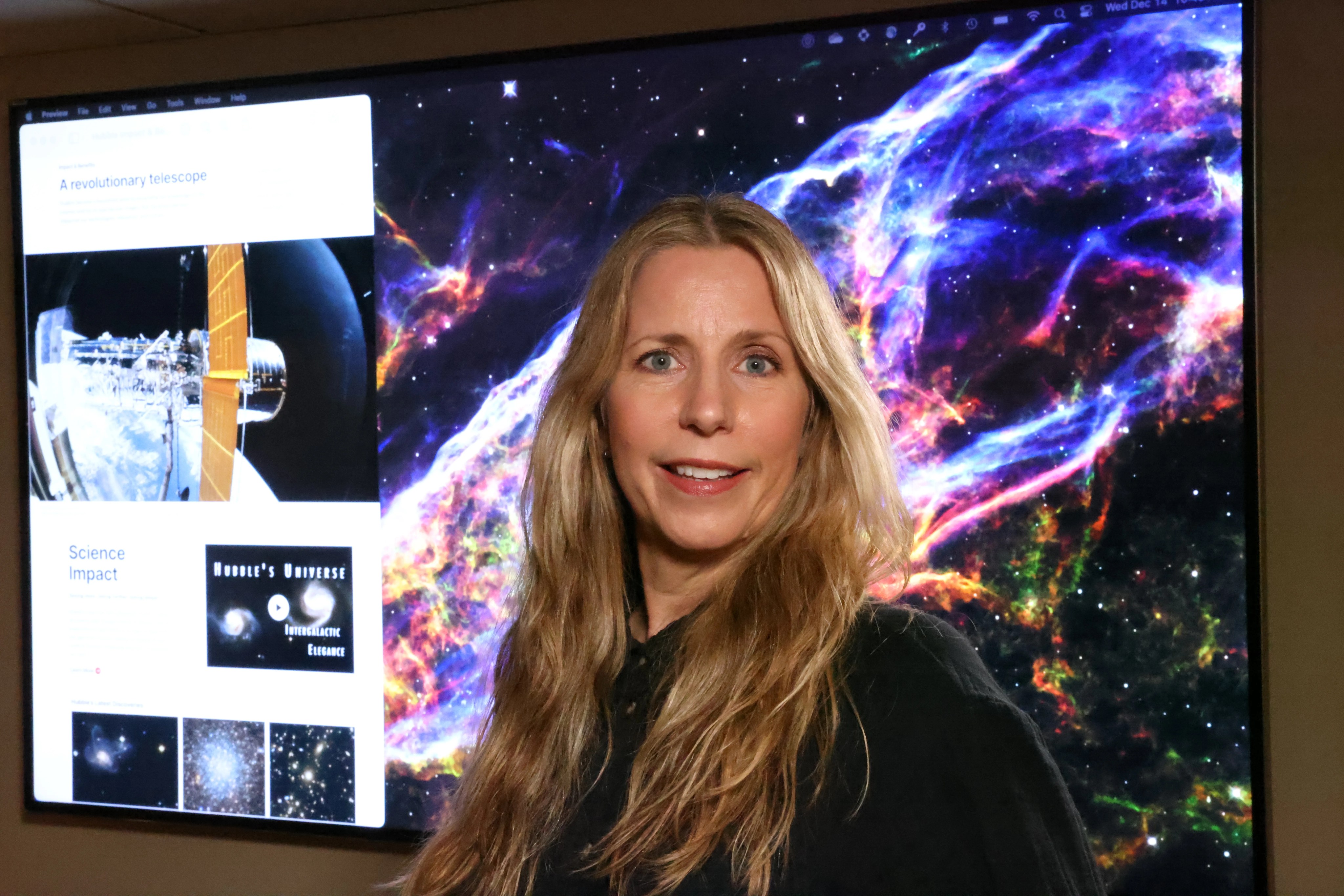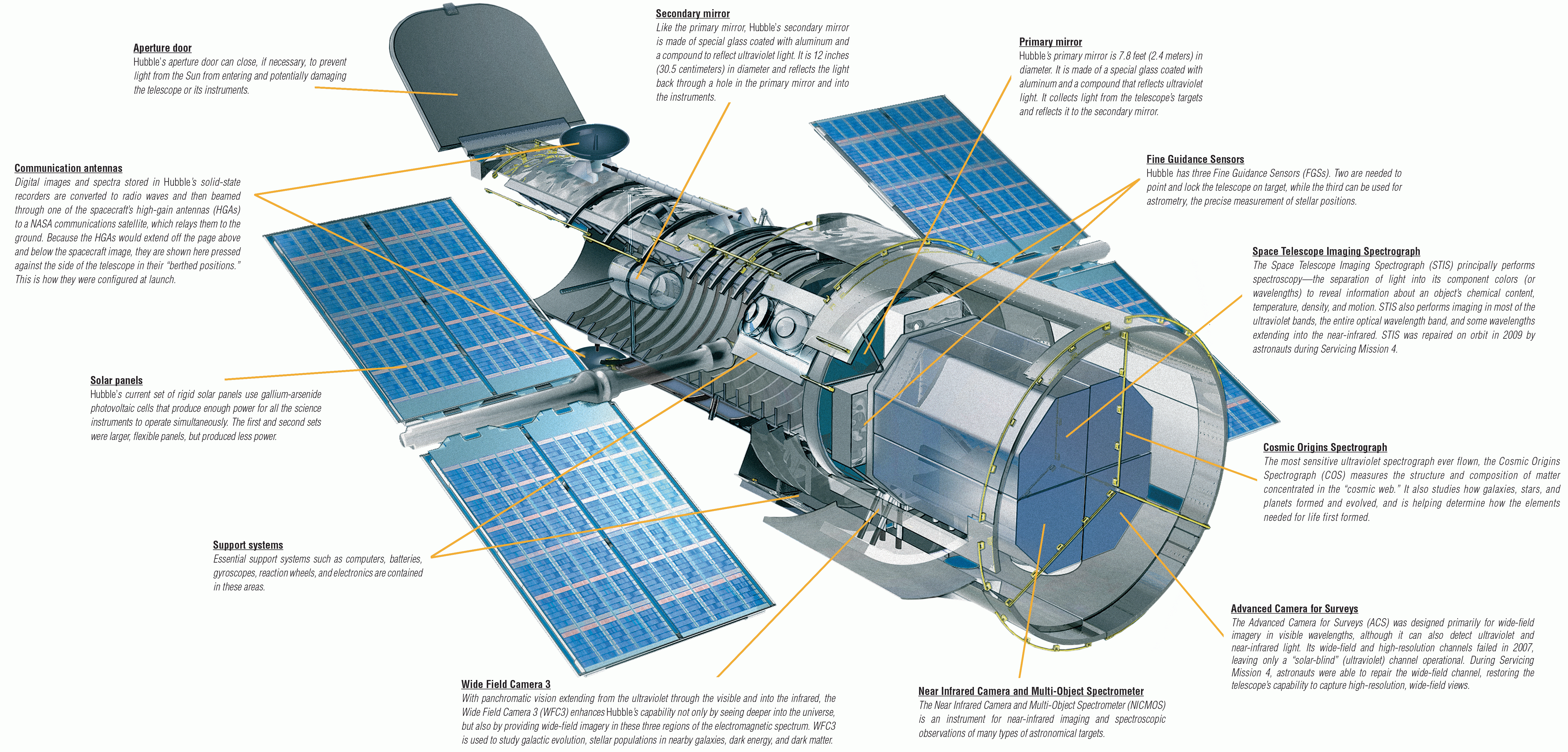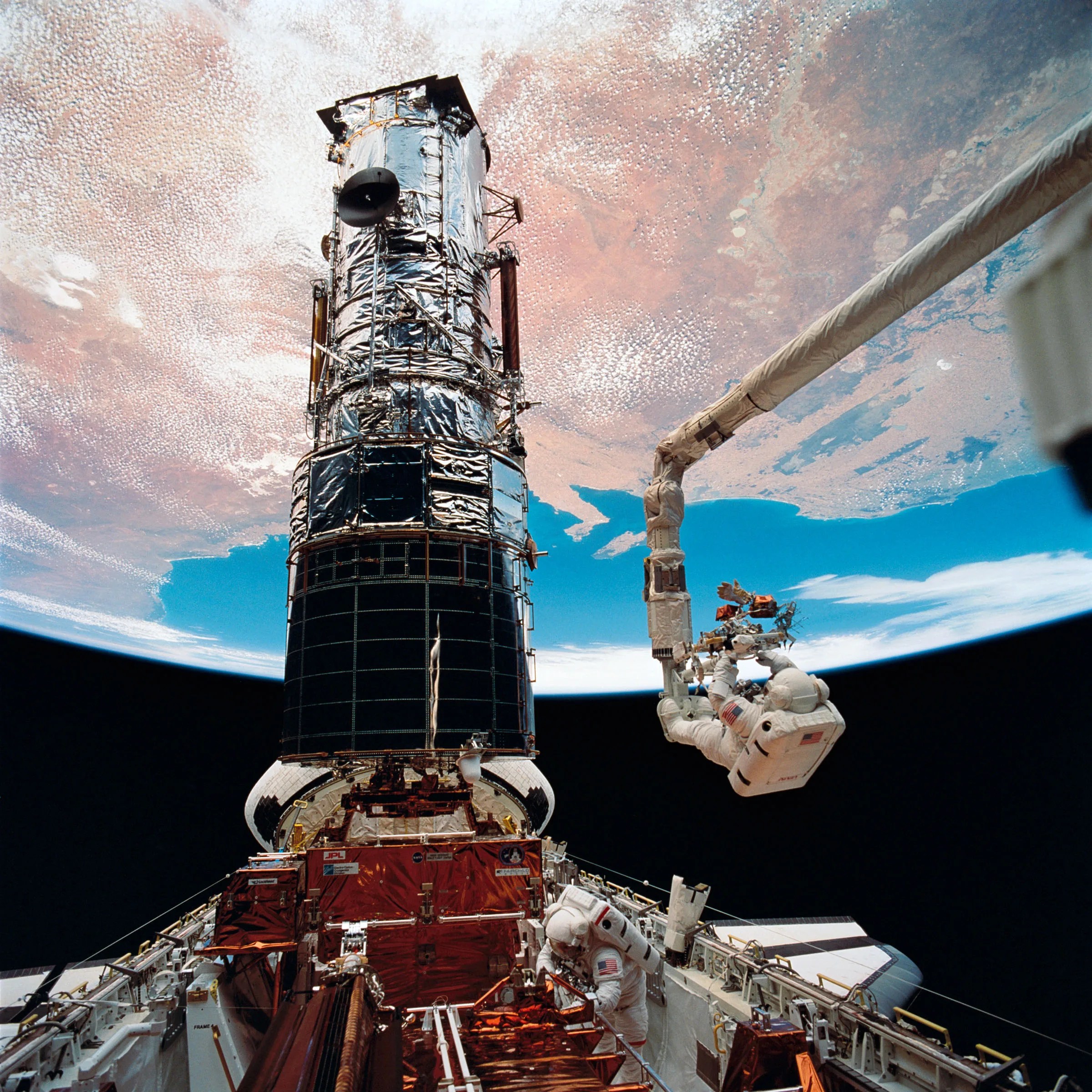Team
The Team Behind the Discoveries
It takes a group of talented, driven, and enthusiastic people from all walks of life to make the Hubble Space Telescope's mission successful.
Behind over 30+ years of Hubble observations is a group of people who work together to ensure its mission succeeds. With a team that includes engineers, scientists, operators, communicators, and many other roles, each member plays a crucial role in the telescope's success.
The Hubble staff came to NASA with a wide variety of backgrounds, experiences, and skills, but we all share a common goal: to keep Hubble at peak performance, each by using our own unique skillsets, so it can continue to make exciting discoveries that enhance our understanding of the universe we live in.
NASA Project Team
Learn about the team leaders and managers who make Hubble happen.
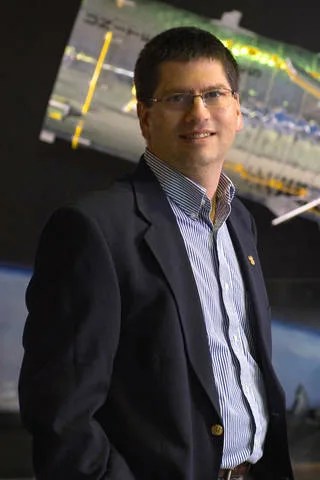
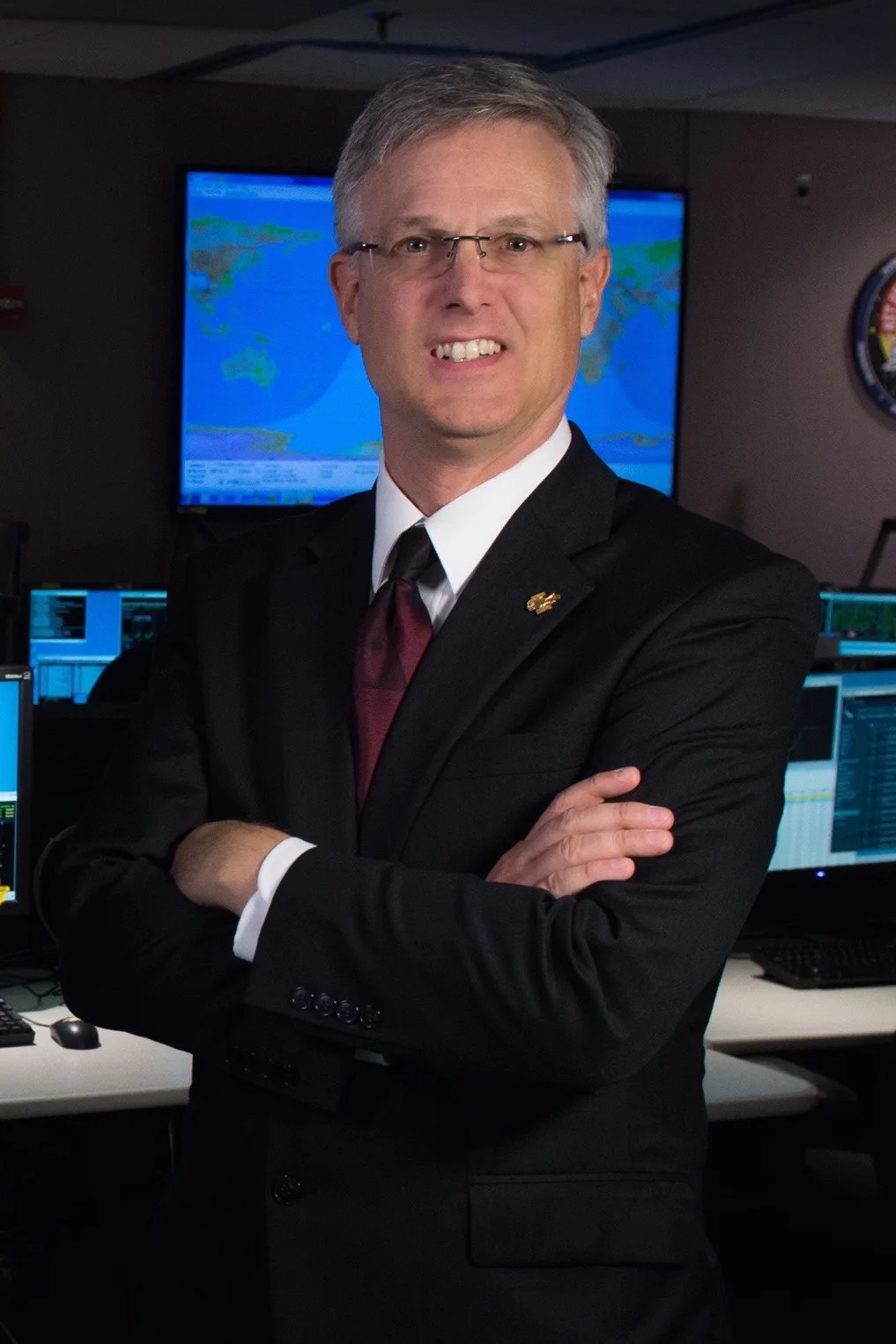

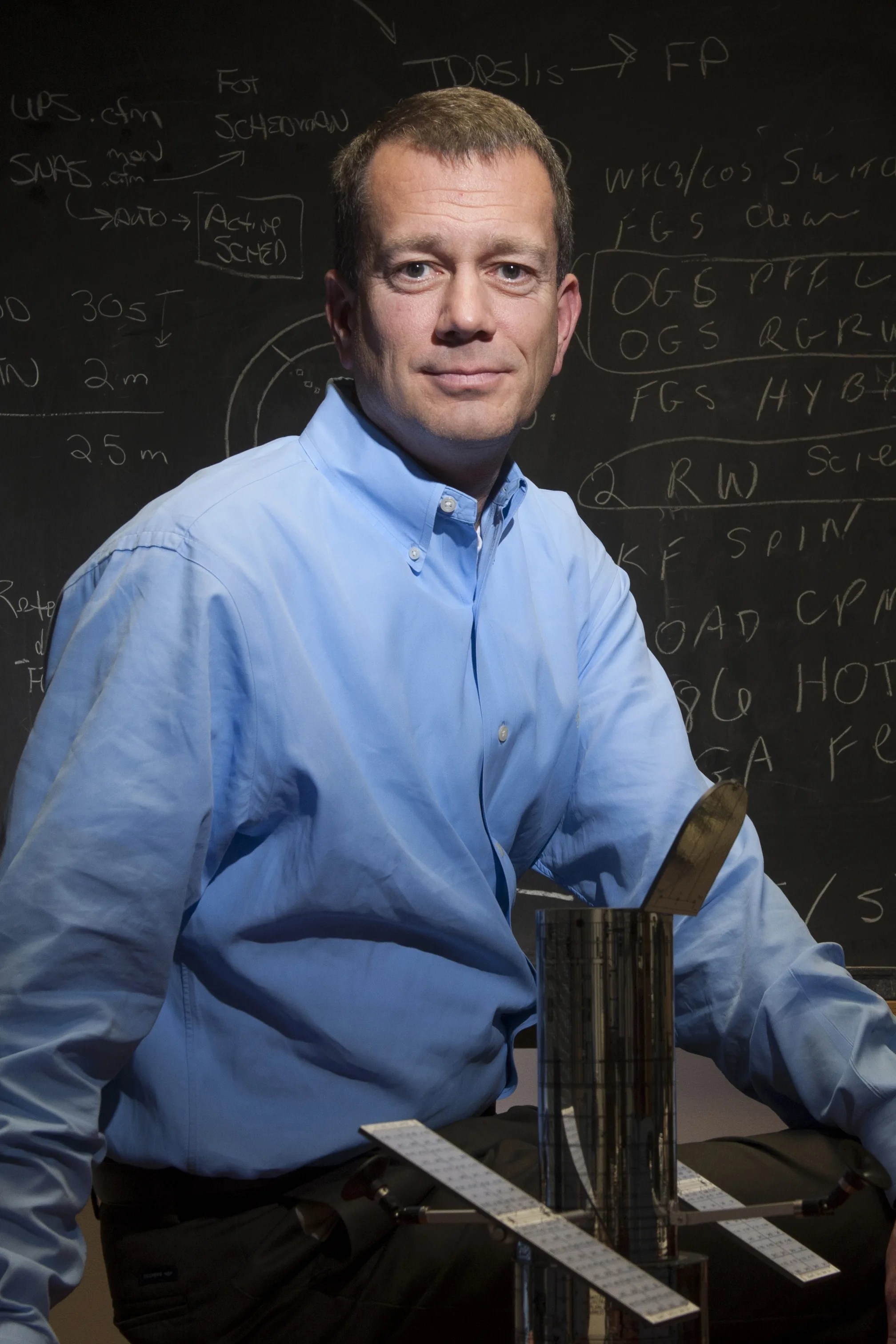
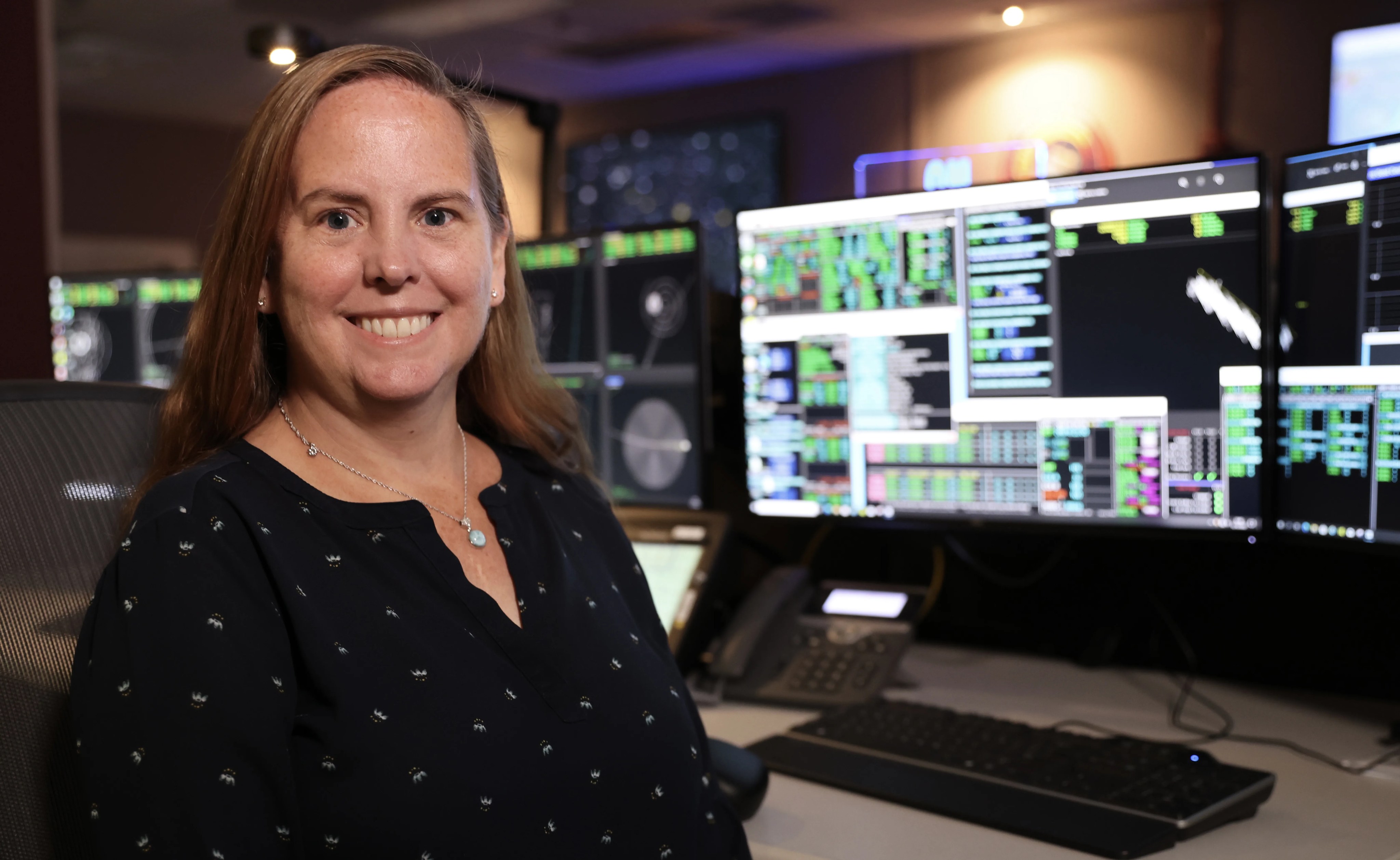
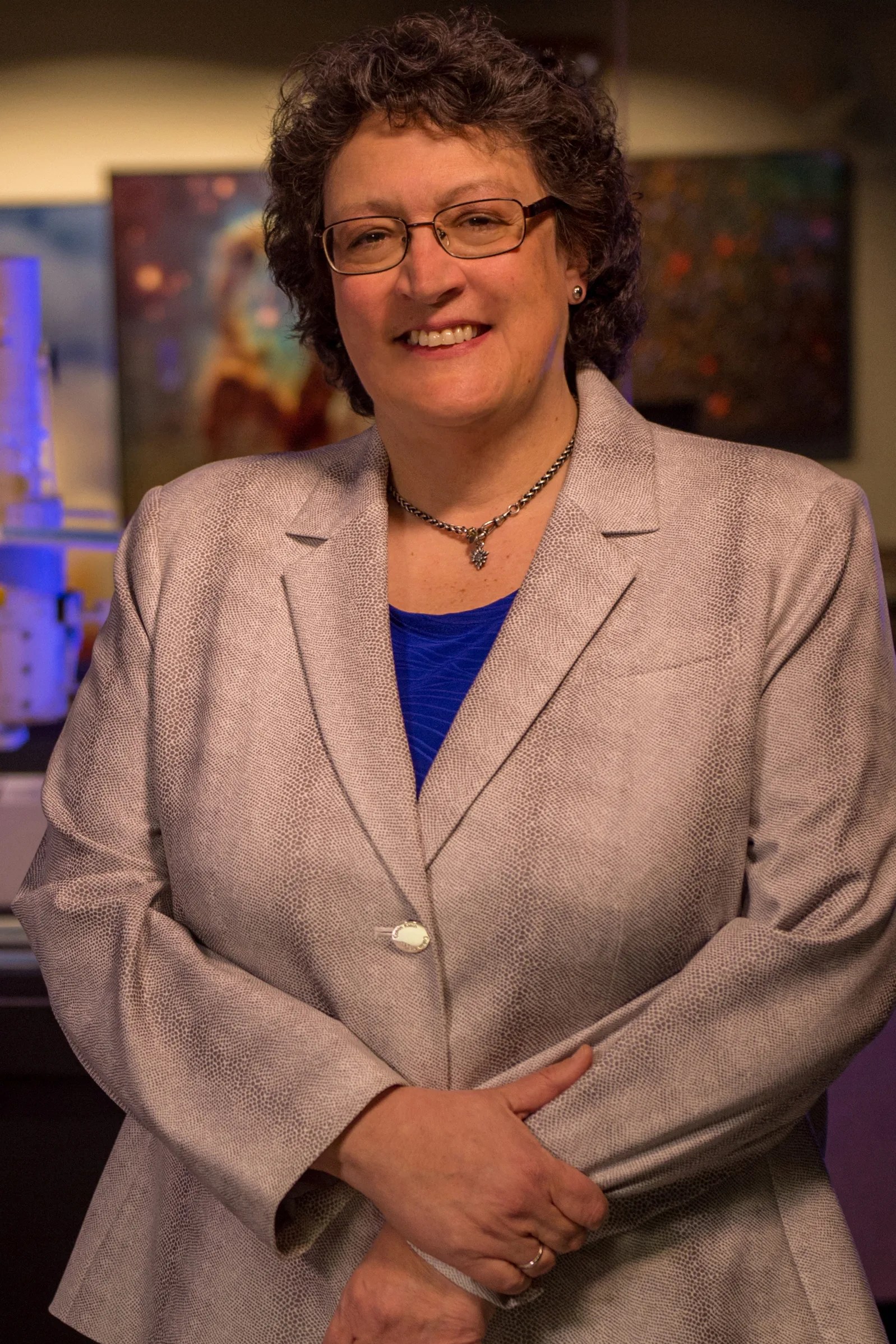
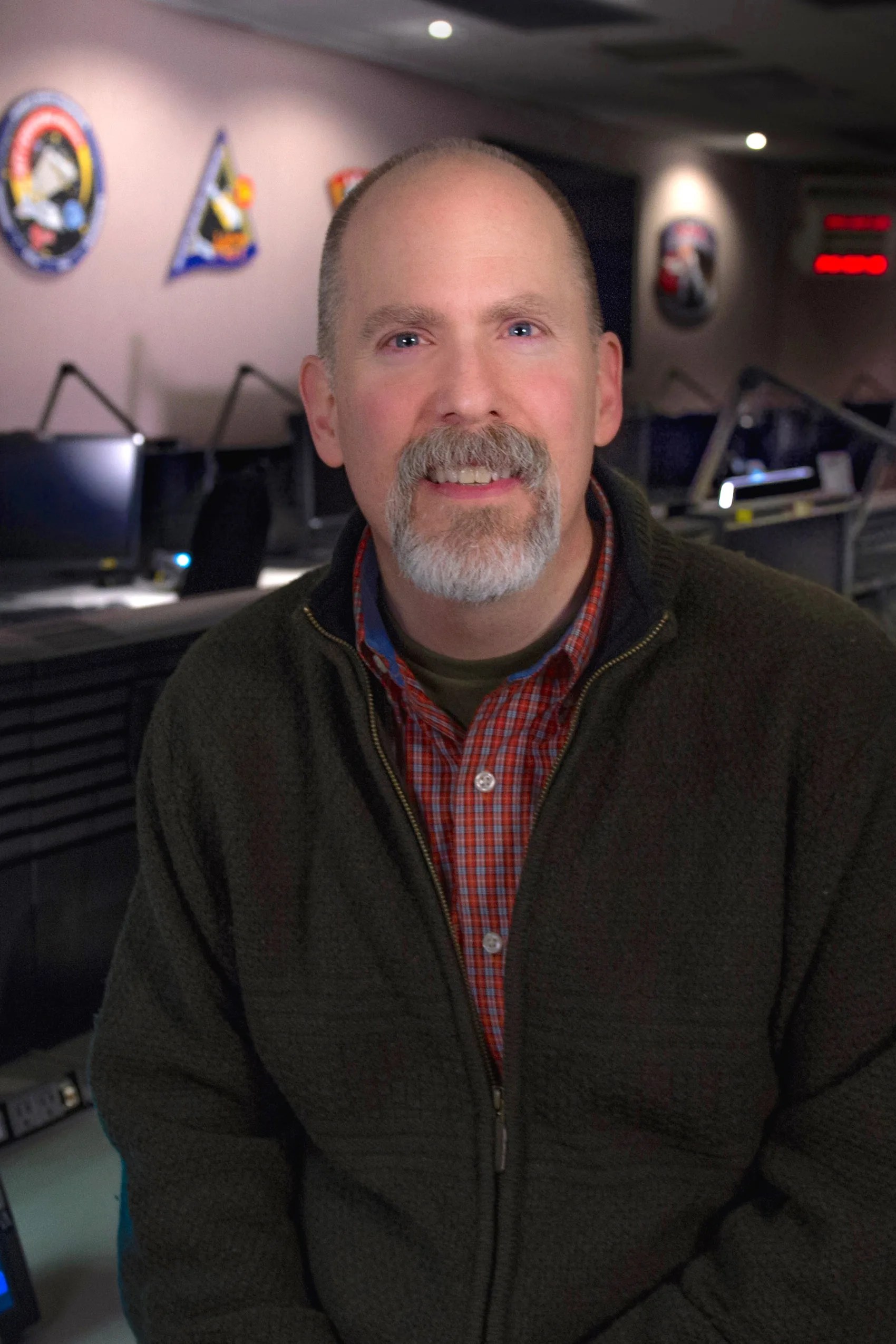
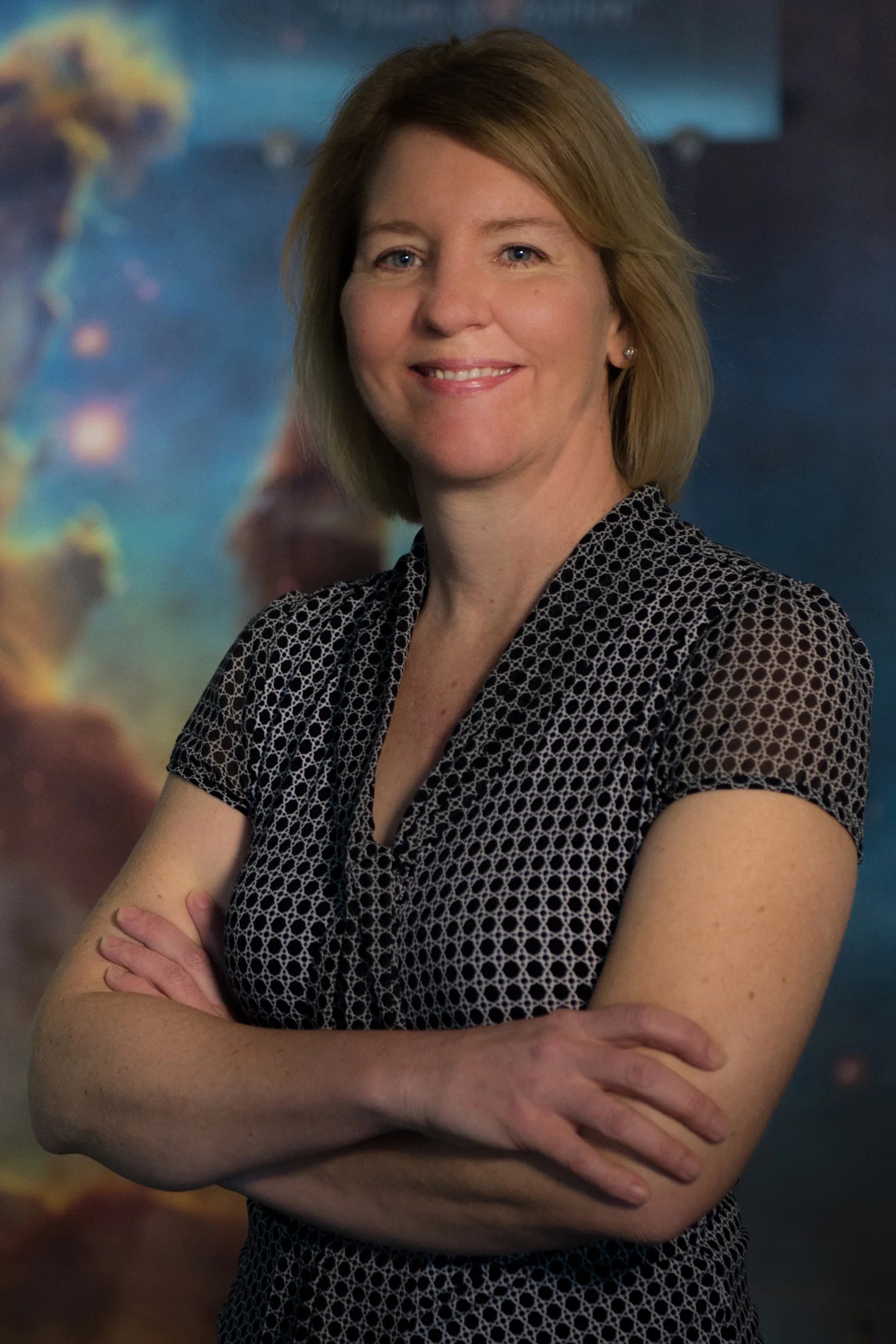
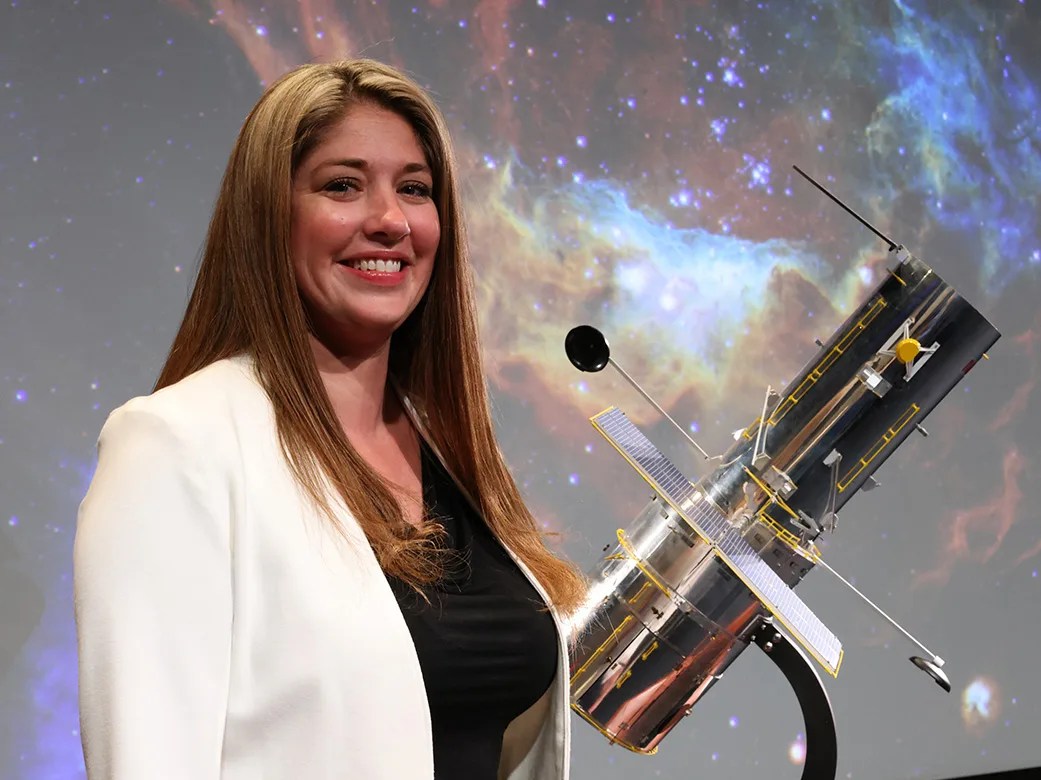
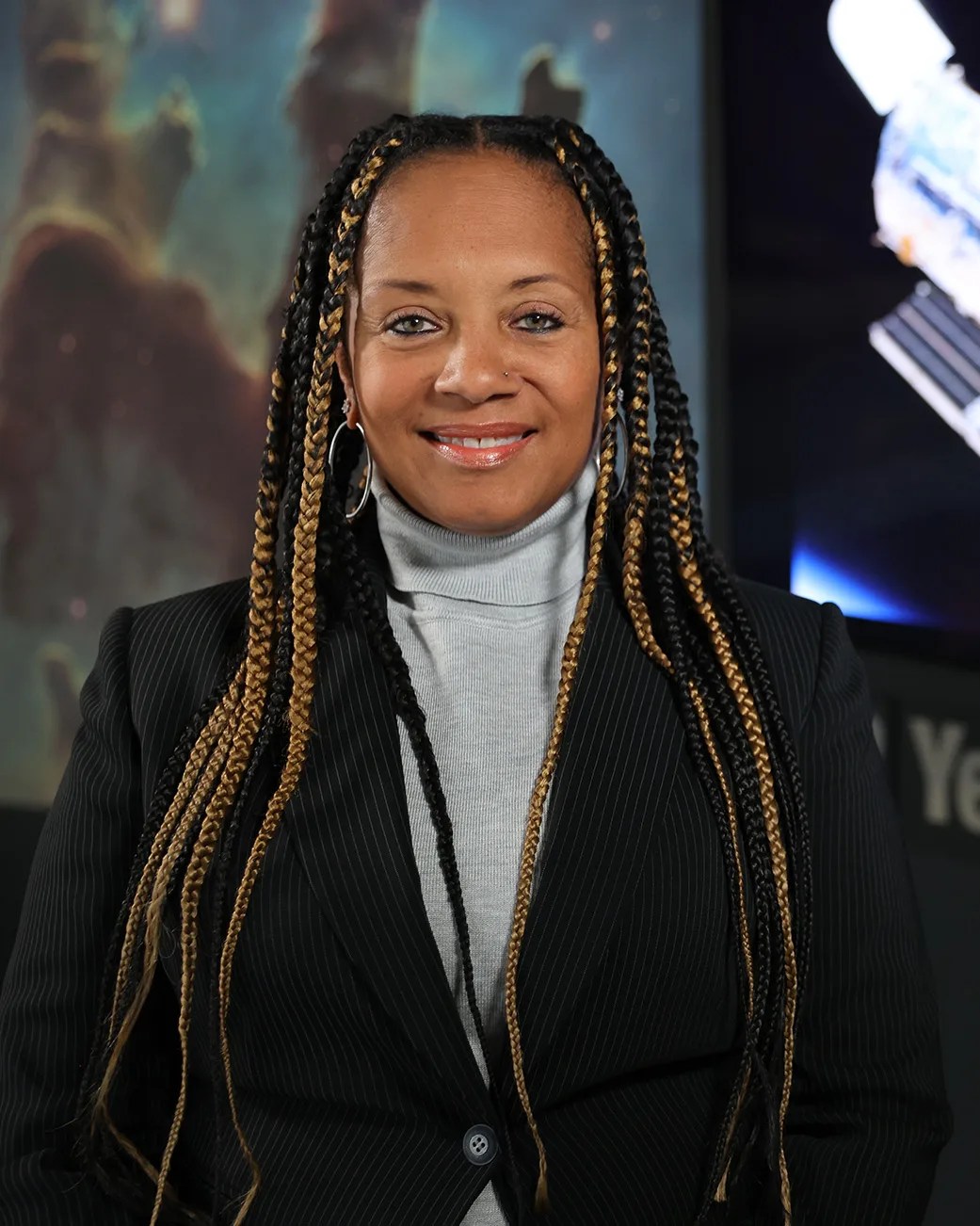
NASA Science Office
Meet the scientists who make Hubble the most efficient and effective observatory possible.
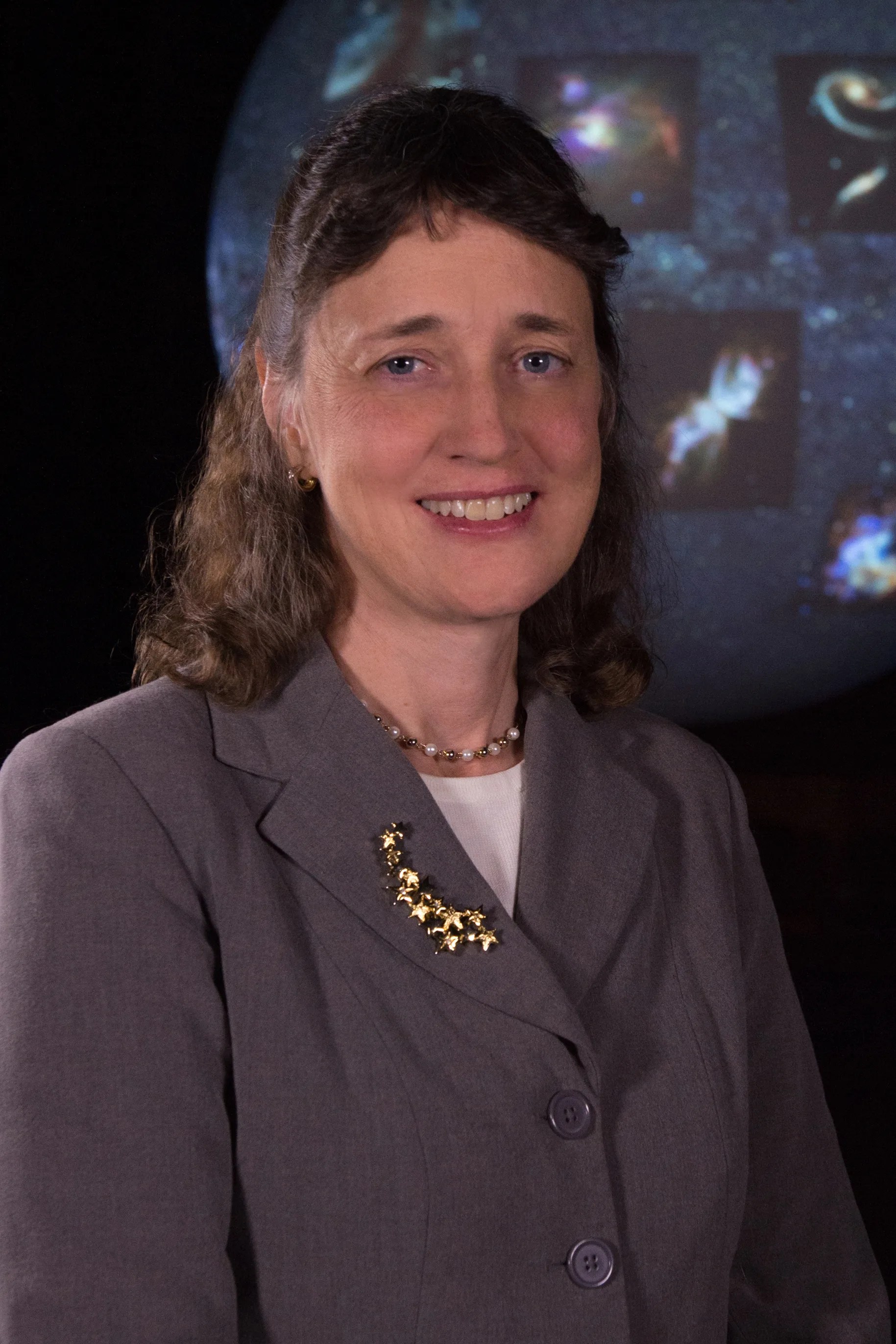
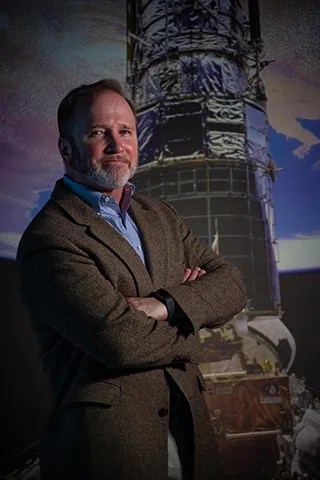
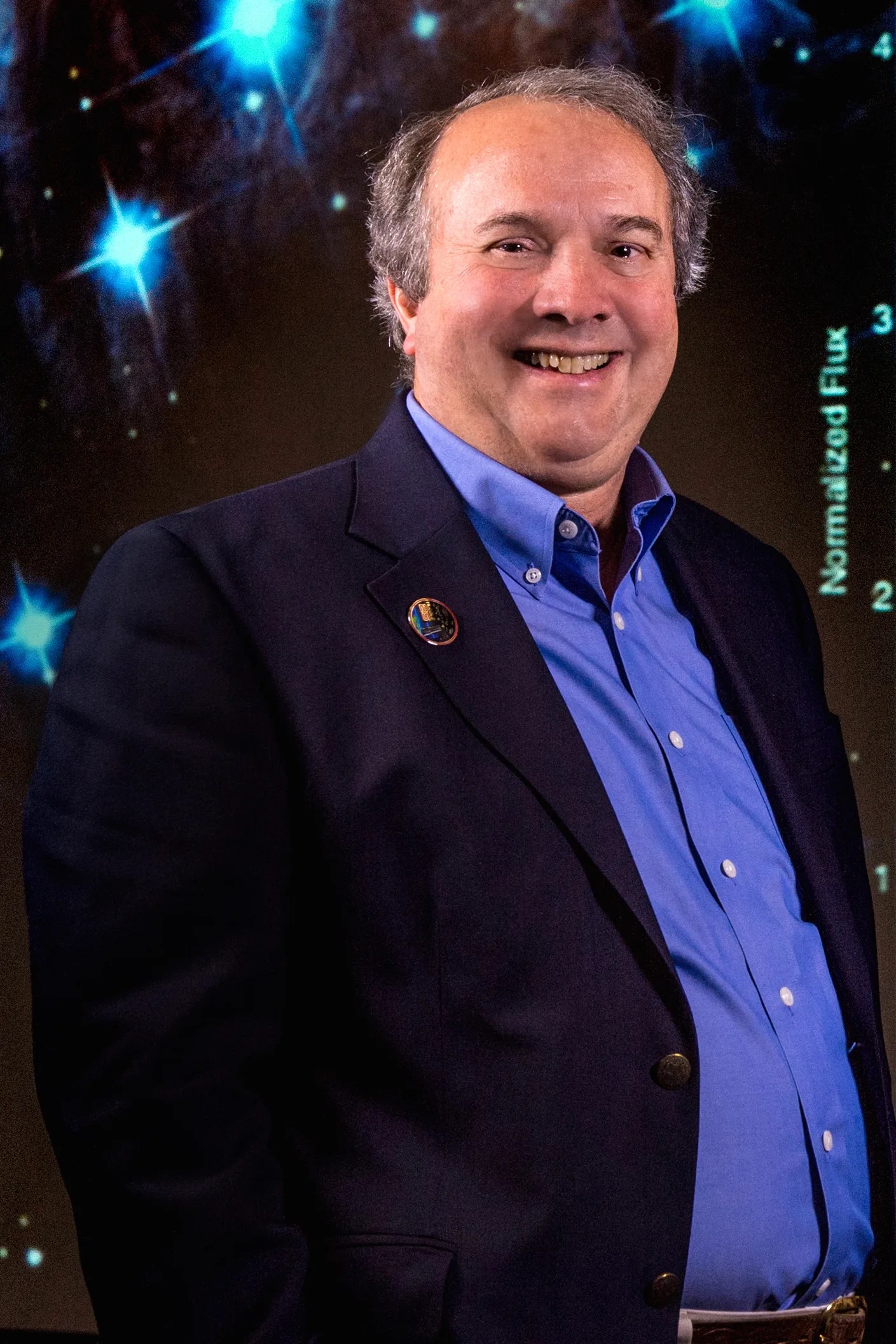
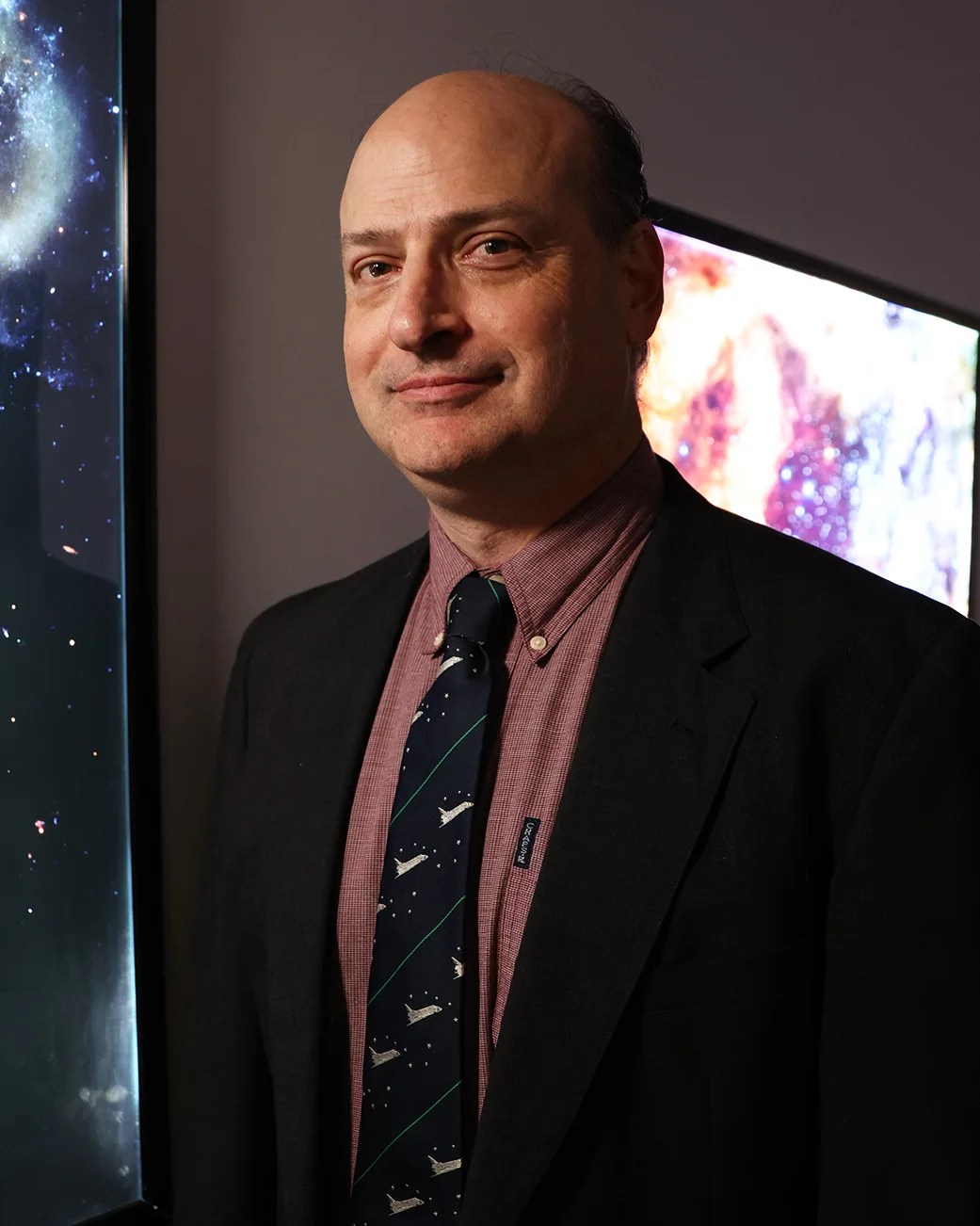
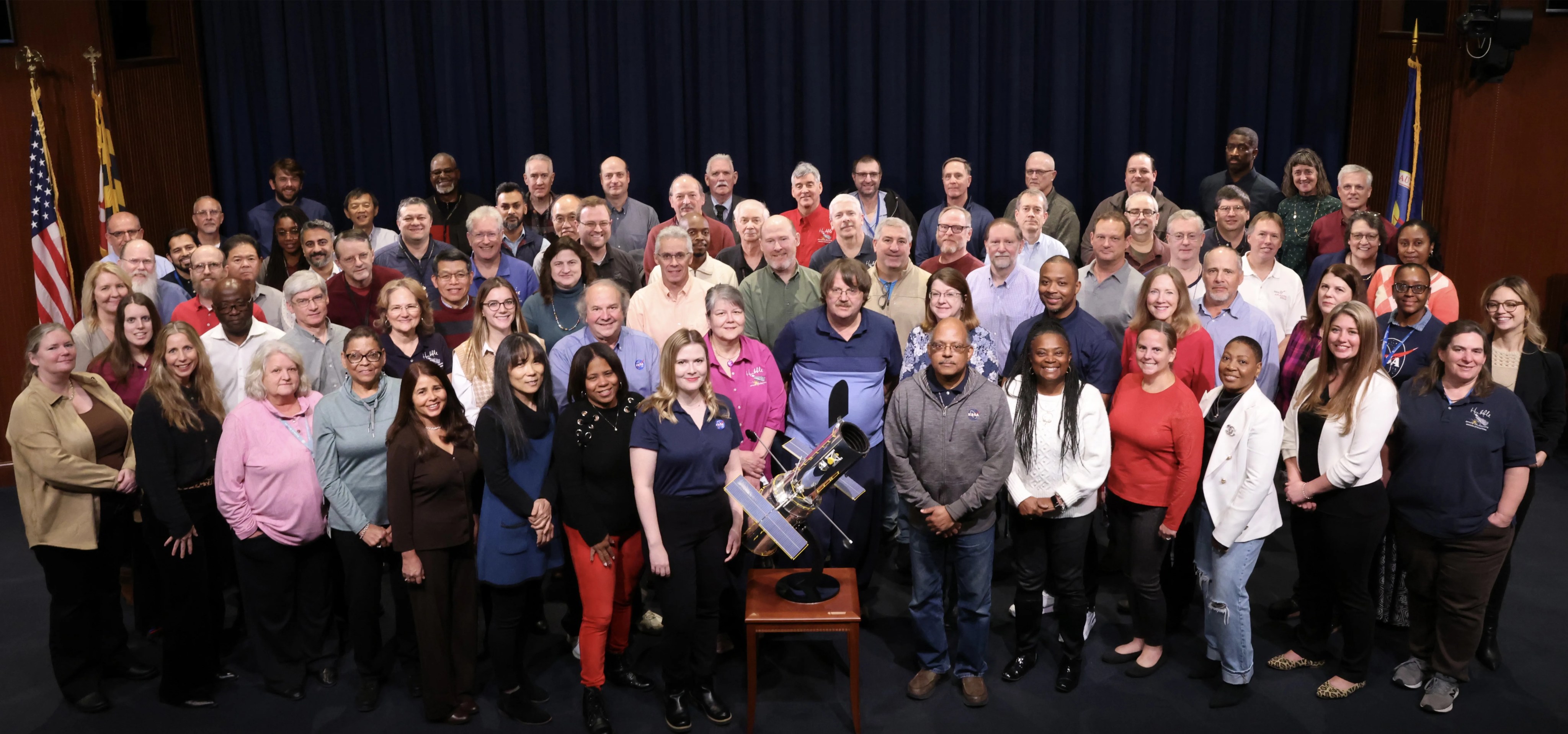
Mission Operations
The Space Telescope Operations Control Center at NASA’s Goddard Space Flight Center in Greenbelt, Maryland is the engine that keeps Hubble operating 365 days a year, 24 hours a day.
This group of engineers, scientists, and operators at NASA’s Goddard Space Flight Center work together to monitor Hubble as it travels around Earth, point the telescope at cosmic targets, and solve any problems that arise.
Learn More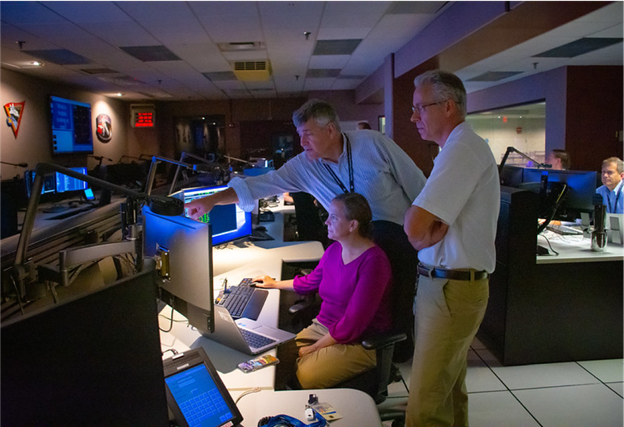
Hubble’s success to date is due in large part to a team of highly skilled and experienced professionals who maximize the observatory’s performance, enabling its mission of advancing humanity’s knowledge of the universe.

Pat crouse
Hubble Project Manager
The Women of Hubble
When they were growing up, six women couldn’t have imagined that their lives would take them on a journey to NASA to work with the Hubble Space Telescope. From astronaut to social media lead, from scientists to engineers, these featured "Women of Hubble" overcame obstacles and persevered to achieve success and help make Hubble one of the greatest exploration machines in human history. Their inspirational stories teach us that anyone can succeed if you stay curious, never give up, and don’t let anything keep you from reaching your goals.
Partners
International Partners
Hubble's amazing discoveries are made possible thanks to NASA's teamwork with other space agencies, companies, and institutions. The telescope's mission is a joint collaboration between NASA and the European Space Agency (ESA), who provided instruments and solar panels for Hubble, as well as personnel to assist with science operations. In turn, ESA scientists are guaranteed 15% of Hubble's observing time.

Agency Partners
Though Hubble's main base of operations is NASA's Goddard Space Flight Center, several NASA centers across the country have worked together throughout Hubble's mission to procure technology and support needed to keep the mission on track and running successfully.
- Goddard Space Flight Center, Greenbelt, Maryland
Manages the Hubble project, performs operations and developed hardware and tools for servicing missions
- Jet Propulsion Laboratory, Pasadena, California
Developed Wide Field Planetary Cameras 1 and 2
- Johnson Space Center, Houston, Texas
Provided human spaceflight support for servicing missions
- Kennedy Space Center, Cape Canaveral, Florida
Managed launch support for deployment and servicing missions
- Marshall Space Flight Center, Huntsville, Alabama
Managed spacecraft development and maintains a battery testbed
Institutional Partners
NASA has also formed lasting partnerships with other institutions who provide ongoing support for the Hubble Space Telescope and other NASA missions. Hubble has been conceived, built, assembled, operated and managed by a diverse group of thousands of scientists, engineers and technicians around the world working for the many partners that make up the Hubble team. The primary current partners include:
- Lockheed Martin
Provides mission operations and system engineering - Space Telescope Science Institute
Manages the science program and conducts science operations
Hubble Astronauts
Our astronauts have played a critical role in Hubble’s 30-plus-year journey.
The success and longevity of the Hubble Space Telescope would not have been possible without the service of the 32 astronauts who flew across six missions to launch and maintain the telescope. The results of their dedication and expertise helped to double Hubble’s lifespan and subsequently led to countless significant discoveries, furthering our knowledge of the universe.
Learn More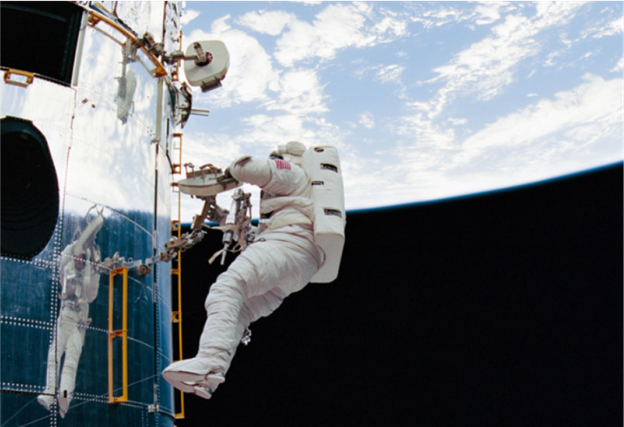
Missions to Hubble
Astronauts have been a critical part of Hubble team, maintaining and improving the telescope to make observations for scientists for all over the world. Part of Hubble's team are the people from various organizations who completed servicing missions to repair and enhance the telescope. Learn more about the missions and how they kept Hubble the world's premier observatory.
Learn More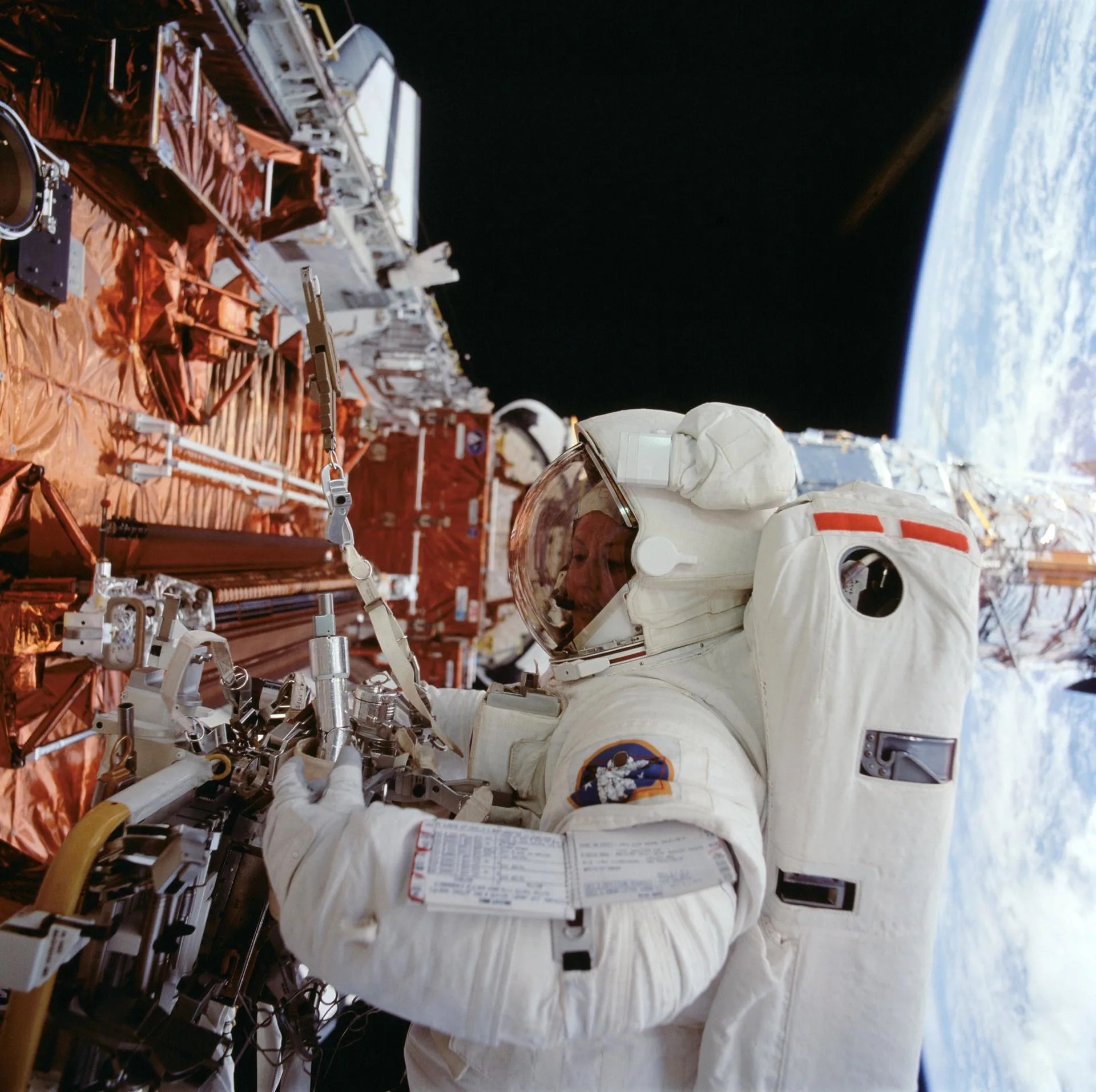
Meet the Hubble Astronauts
Career Aspirations
The Hubble Space Telescope is a story of discovery, but also a story of people ― the people who keep the telescope running, the people who keep the science flowing, the people who budget, who organize, who educate, and more.
Have you ever wondered how someone got to work on a mission like Hubble? Learn how our team members went from childhood dreams to a career on one of NASA's most historic missions.
Learn More